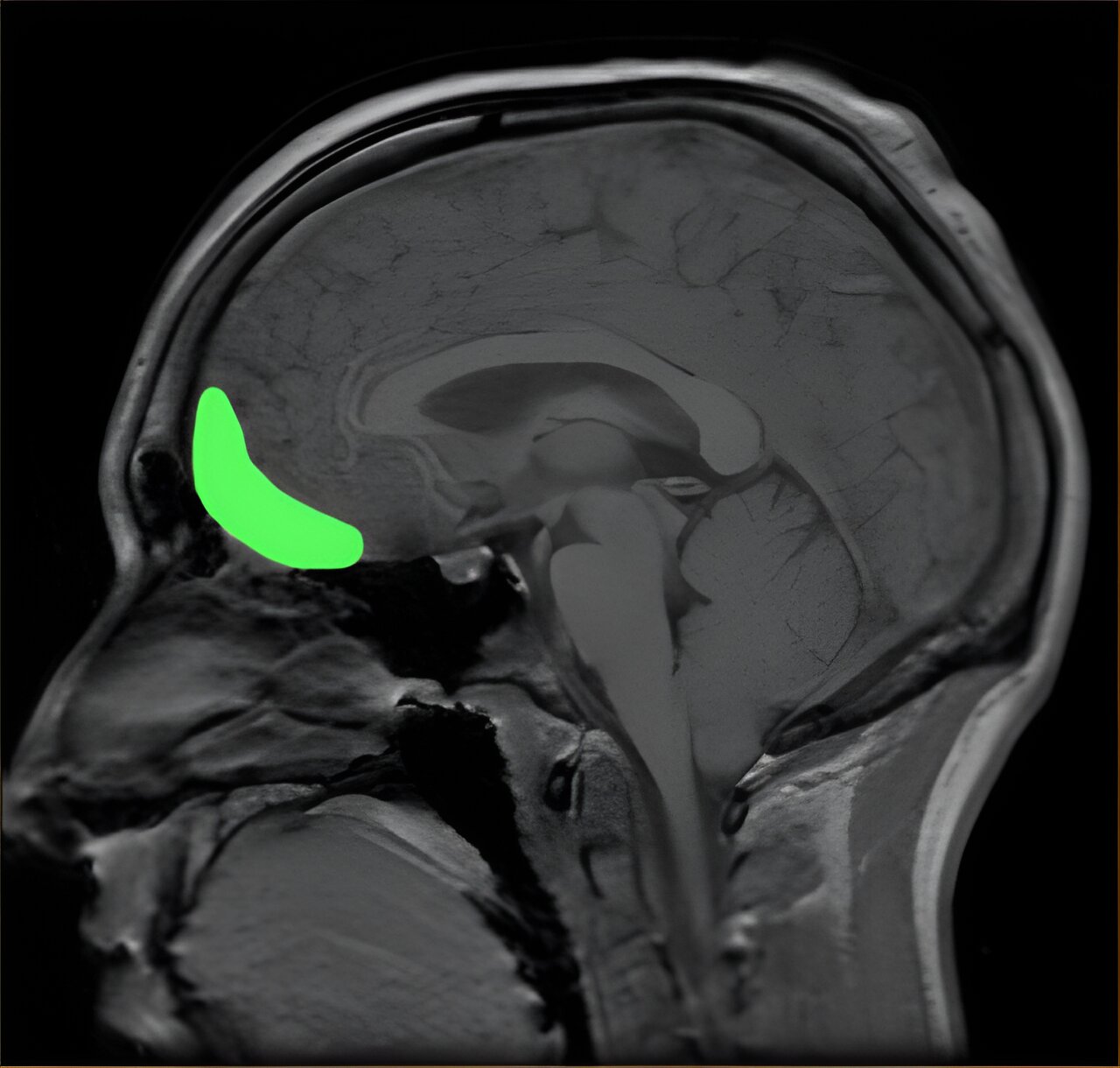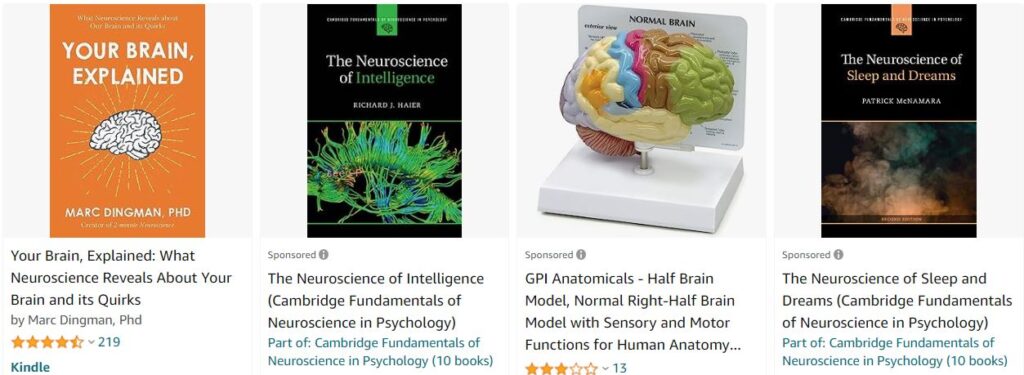
Neuroscientists and psychologists have been trying for decades to better understand how humans make decisions, in the hope to devise more effective interventions to promote healthy and beneficial lifestyle choices. Two brain regions that have been linked to decision-making are the orbitofrontal cortex (OFC) and the anterior cingulate cortex (ACC).
Researchers at University of California, Berkeley (UC Berkeley), have been conducting extensive research focusing on these two areas of the brain and exploring their involvement in decision-making. In a recent paper published in Nature Neuroscience, they presented interesting new findings that could shed light on the neural processes through which the brain prepares to make choices.
“We previously used neural recordings to determine what was going on during decision-making,” Joni Wallis, one of the researchers who carried out the study, told Medical Xpress. “We showed that OFC neurons represent the value of the options under consideration and flip-flopping them back and forth representing the value of each option in turn, as though the OFC is weighing up the two options. This flip-flopping predicts decision making: the more flip-flopping, the more likely the subject is to make a suboptimal choice or to take a long time over their decision.”
In their previous works, Wallis and her colleagues unveiled a mechanism through which OFC neurons represent the value of choices that monkeys (and thus most likely also humans) are considering at a given time, continuously bouncing or flipping between these different choices. However, they found that this flip-flopping in the OFC appeared to continue even after a monkey had made a choice.
While their observations were interesting, they thus remained unsure about the role of this process in decision-making and whether it eventually led the animals they examined to make a choice. In their recent work, they set out to try answer this question by conducting a further experiment on monkeys.
“We surgically implanted monkeys with devices that could record neural activity while they were making choices between options on a computer screen,” Wallis explained. “We then used sophisticated decoding techniques to make sense of this neural activity and recorded it from both OFC and ACC.”
The experiments carried out by Wallis and her colleagues ultimately allowed them to shed further light on the processes through which the OFC and ACC take part in decision-making. Specifically, the team found that the flip-flopping between different choice representations in the OFC also altered signals in the ACC that were related to the choice itself.
“When the OFC represented one of the options, it boosted the signals for that choice in ACC,” Wallis said. “Because the OFC represents the more valuable option more frequently, this could be the way in which the ACC determines the choice response. Our work could potentially lead to implantable devices in the future that could monitor neural activity and bias decision-making towards healthier choices.”
The findings gathered by this team of researchers suggest that while neurons in the OFC are involved in representing the value of different options during decision-making and weighing them, the choice itself is actually determined by the ACC. In the future, this recent study could inform the development of new therapeutic strategies and technologies that encourage healthier lifestyle choice. For instance, these interventions could be particularly beneficial for people who abuse alcohol or other substances, as well as obese people and people with other forms of addiction.
“We’re currently looking at how context might influence these processes,” Wallis added. “For example, how do we incorporate real world knowledge into our decisions? Let’s say that we’re choosing where to go for dinner, we might use our knowledge of immigration to pick a Mexican restaurant in L.A. and an Indian restaurant in London. How does the OFC get access to this information? We hope to answer these questions in our next works.” https://medicalxpress.com/news/2023-08-brain-choices-decision-making.html https://www.nature.com/articles/s41593-023-01407-3









Recent Comments